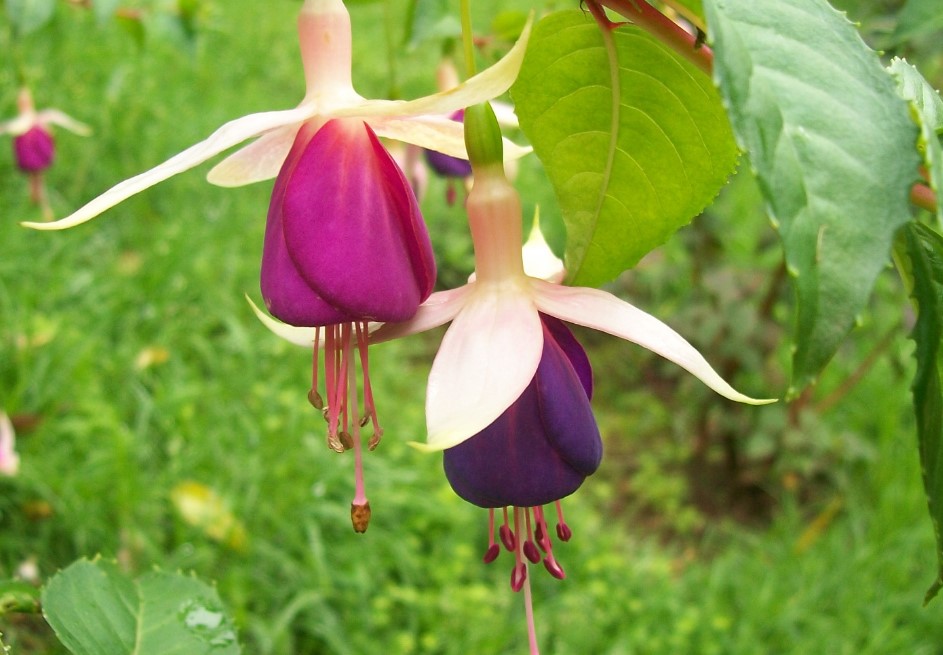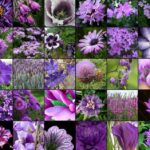Whether you are just beginning to grow bell flowers in your garden or you are just looking to expand your garden’s blooming options, there are a few important things you need to know about the different types of bell flowers.
Coral bells
Whether they are planted in a rock garden or a garden bed, Coral Bells have a colorful foliage that will give your landscape a colorful accent. They can be grown in a variety of light conditions. They can also be planted in pots, and are a great option for a shady area. They are also very popular with hummingbirds.
Coral bells require little care once they are planted, but they do need consistent moisture. They require about one inch of water per week to stay healthy. They also need to be planted in a location that provides adequate air circulation. It’s also recommended that the soil is well-drained. They do well in a variety of soil types, but they are happiest in moist soil.
Coral bells can be propagated from seed or cuttings. They can also be propagated by division. Coral bells can also be grown in containers. They do best in sunny locations, but they can tolerate partial shade as well. They’re also very drought tolerant.
There are a few varieties of Coral Bells that are patented. It’s important to obtain special permission from the patent holder before propagating any of these plants.
When propagating Coral bells, the best way to go is to divide the plant. It’s a good idea to do a division every 3 to 5 years.
English bluebells
Hundreds of acres of ancient woodland in Britain became populated with English bluebells. The flowers of these plants are blue, but they also produce a scent that attracts insects. The bluebell’s sticky sap is also used as a glue for arrows.
English bluebells are also called bell bottle and fairy flowers. They can be planted in borders, rock gardens, or beneath deciduous trees. They are easy to grow and need little care.
English bluebells have a strong, sweet scent. They attract insects, birds, and bees. Their flowers produce a dense carpet of blue, which can be a stunning sight in spring.
English bluebells are also hardy, and can thrive in most soil types. They grow in partial shade, and are best planted in a well-drained, moderately fertile soil. These plants are also resistant to rabbits and squirrels.
They produce flowers before a dense canopy forms, and their flowers are bell-shaped. The flowers are usually blue, but they can also be white or pink. They are usually borne in a cluster, called a raceme. The flower stems of these plants have a pointed tip. They grow 12-18 inches tall.
English bluebells can be cultivated in the garden or in a container. To plant, dig a hole twice the length of the bulb. Plant the bulb pointed side up, three to six inches apart. Water the plant after planting.
Korean bellflowers
Known for its unique light fragrance, Korean bellflowers are a native of Korea and can be found in white, pink, or deep purple. They require full sun and moist soil to grow. They can be used as a beautiful landscape plant.
Korean bellflowers are part of the same Campanula genus as Canterbury bells. In China, they are called Jie Geng and used as a cough suppressant.
Korean bellflowers are native to the volcanic islands of Korea. They can survive harsh conditions found on these islands. Their colonies are usually found on cliffs near the sea, and are 30-100 cm tall.
They are found in both inland and coastal areas of Korea. Their long, graceful stems and bell-shaped flowers make them an attractive native. They are also known for their distinctive scent, which is similar to ginseng.
They can also be used as a home remedy. Their root has a ginseng-like smell and is used in traditional Korean medicine. It is also used in home remedies for treating weak lungs.
They are also used as a sweet snack. They are made from soybean powder, sugar, and various root vegetables. They have a unique flavor and are free of artificial colors or preservatives.
These plants can be used to make Korean Bellflower Root and Honey Tea. The tea is available as a hot or iced tea. It is believed to be effective for recurrent colds, asthma, and allergies.



